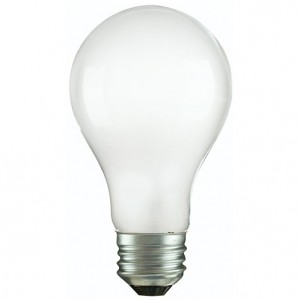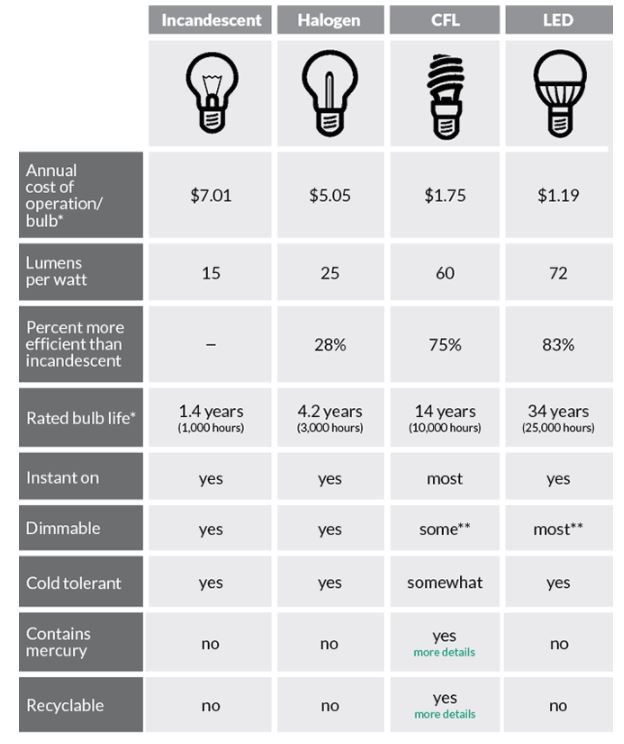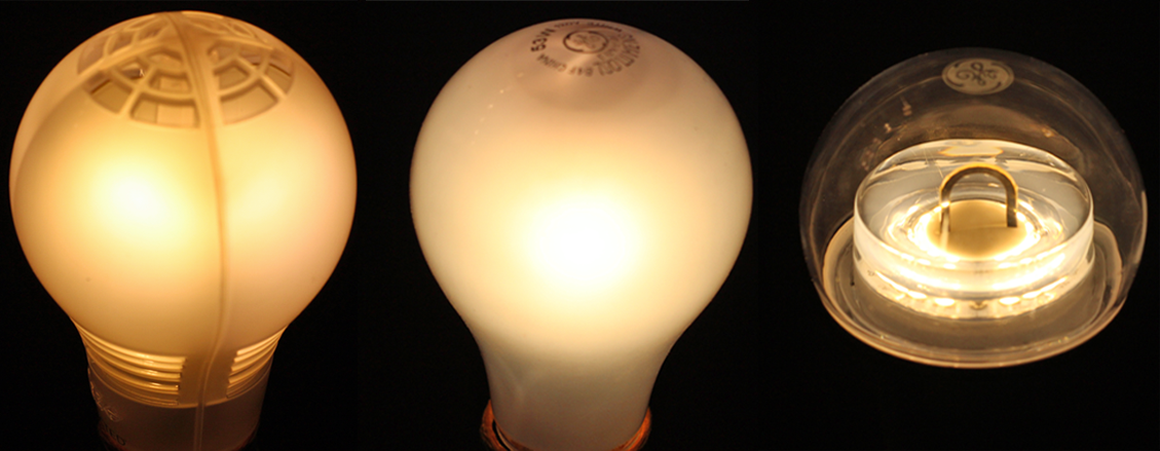
Does not contribute to heat buildup, which helps save on air conditioning. On average, an incandescent bulb produces around 14 lumens per watt, compared to 63 lumens for energy saving compact fluorescents (CFL) and 74 for LED bulbs.The heat produced is absorbed into a heat sink, keeping the bulbs cool to the touch. These bulbs use an electrical current passed through semiconductor material to illuminate the tiny diodesĬalled LEDs. If the outlet is wired for a dimmer or three-way bulb, make sure you purchase a CFL rated for the specific use.May not hold up to the stress of power surges, so using them in areas such as workshops isn’t advisable.

Available for outdoor use just make sure the packaging indicates the bulb is rated for outdoor use.Phosphor coating on the inside of the bulb. Video comparing amperage draw on automotive 12 volt halogen/incandescent interior, headlights, and exterior lights to LED and HID.Power supply used: https://. Thank you guys that’s what I thought you just hear. I suggest using what you have on hand/available as long as it's nice and bright, providing a wide beam, and producing sufficient surface temps for basking. It uses halogen gas to create a better, more efficient light. Because incandescent and halogen bulbs create light through heat, about 90 of the energy used is. CooperDragon said: I use halogens and incandescents somewhat interchangeably and find that they both work well. Halogen light bulbs are a more efficient type of incandescent bulb. The UV light is transformed into visible light when it strikes a Halogen light bulbs create light through the same method. Halogen sources have excellent optical control and are. Produces ultraviolet (UV) light and heat. SYLVANIA CAPSYLITE® line voltage and SYLVANIA TRU-AIM® low voltage halogen lamps provide the lighting quality of incandescent lamps, with the added benefits of greater energy efficiency, longer life and excellent lumen maintenance. The halogen bulbs share the major benefits of their incandescent brethren: 1) They are also completely dimmable and 2) They spread light evenly in all directions. The combination of the halogen gas and the tungsten.

In terms of performance, halogen bulbs are just efficient enough to meet the new standards. A halogen lamp (also called tungsten halogen, quartz-halogen, and quartz iodine lamp) is an incandescent lamp consisting of a tungsten filament sealed in a compact transparent envelope that is filled with a mixture of an inert gas and a small amount of a halogen, such as iodine or bromine. Save up to 86% in annual energy costs (compared to a standard bulb)Īn electric current flows between electrodes at each end of a tube containing gases. The halogen bulb appears to have a tiny condom in it. I was very surprised that the EMGO 446H halogen bulb required much more draw than the incandescent bulb. Save up to 75% in annual energy costs (compared to a standard bulb) This allows them to produce the same amount of light, but use less energy. They both have lower wattage than incandescent bulbs, but emit the same light output. Instructions : Press play to see how an incandescent light bulb works.Compact Fluorescent (CFL) and Light Emitting Diode (LED) bulbs fit standard light sockets and are the most energy-efficient light bulb options. This principle of obtaining light from heat is called ‘incandescence.” At this high temperature of 2,000º C, about 5 percent of the electrical energy converts into visible light and the rest of it is emitted as heat or infrared radiation. In this study, two light sources, quarts halogen incandescent filament lamp (QHIFL) and fluorescent lamp (FL) are compared with each other to find out which.

At high temperatures like this, the thermal radiation from the filament includes a significant amount of visible light. In a "standard" 60-, 75-, or 100-Watt bulb, the filament temperature is roughly 2,550º C, or roughly 4,600º F. The filament's temperature is very high, generally over 2,000º C, or 3,600º F. Depending on the temperature of the filament, radiation is emitted from the filament. When electricity is passed through the filament, the filament gets hot. The incandescent bulb consists of a sealed glass bulb with a filament inside. Typically, light sources with a CRI of 80 to 90 are regarded as good and those with a CRI of 90+ are excellent The general rule is: The higher the CRI, the better the color rendering capacity. Incandescent and halogen light sources have a CRI of 100. Infographic halogen vs led what are disadvantages of incandescent bulb the benefits of led lighting peavey mart what is halogen and how it diffe. A CRI of 100 shows the true colors of the object. Advantages Halogen Incandescent Light Bulb. Lewis Latimer has perfected it with the use of carbon filament. Advantages Halogen Incandescent Light Bulb. Thomas Alva Edison invented the incandescent light bulb with reasonable life.


 0 kommentar(er)
0 kommentar(er)
